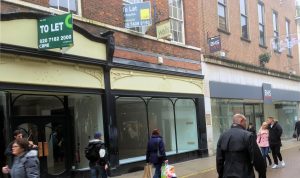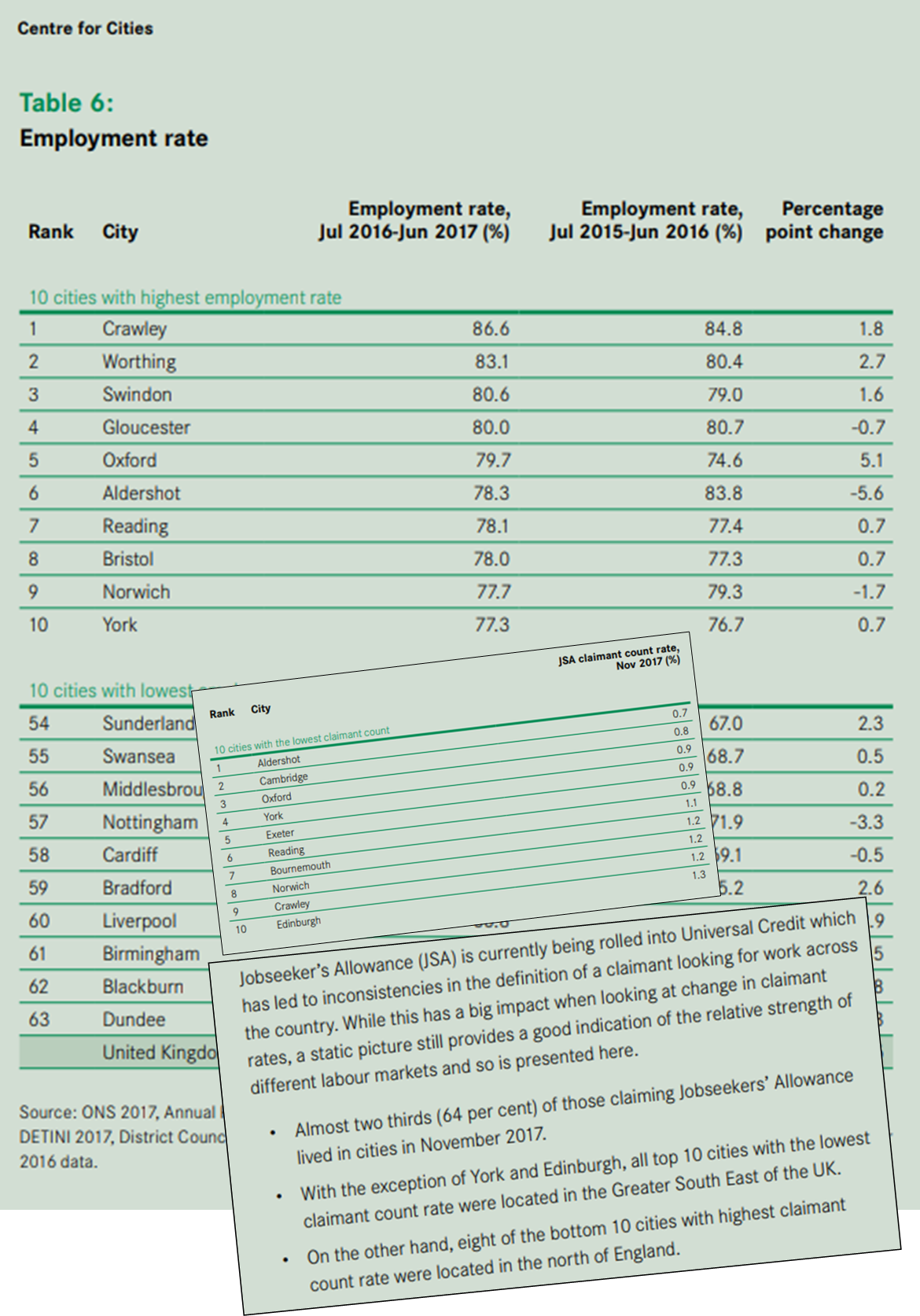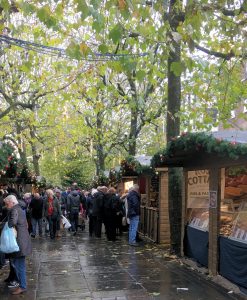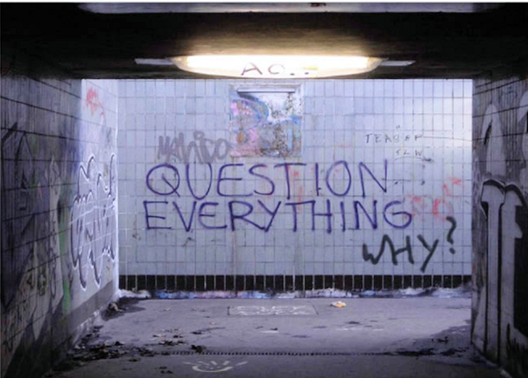Post coronavirus strategy confirms major financial issues.
The Council has published a review of its response to the Coronavirus crisis. It will be discussed at a “virtual” Executive meeting next week.
The review mostly looks backwards and therefore contains little that is new.
The report does, however, say, “Further work is needed to accurately assess the impact, then to identify and plan the city’s response. It should be noted that, based on the financial information in this report, and the expected increase in demand for services as we start to move out of lockdown, this work will involve reprioritising council budgets, focussing resource on where there are greatest challenges and providing a new strategic plan for the council to work to over the coming months. It is quite possible that there will be some previous priorities that can’t be delivered in the same way in the light of our new operating context.
A Recovery Plan is being developed (aligning with regional recovery activity through the LRF) which will outline the risks and challenges of the emerging situation, with actions in response and opportunities based on lessons learned during the emergency response. Clearly, this plan will take into consideration and align with Government advice and national plans for recovery. It will be used to inform a review of the existing Council Plan in order to produce an Operational Recovery Plan to guide the council over the next 6 – 9 months”.
That is the right approach.
There needs to be an immediate moratorium on taking on new expenditure. An “approvals committee” should be set up which can publicly test any new expenditure proposals.
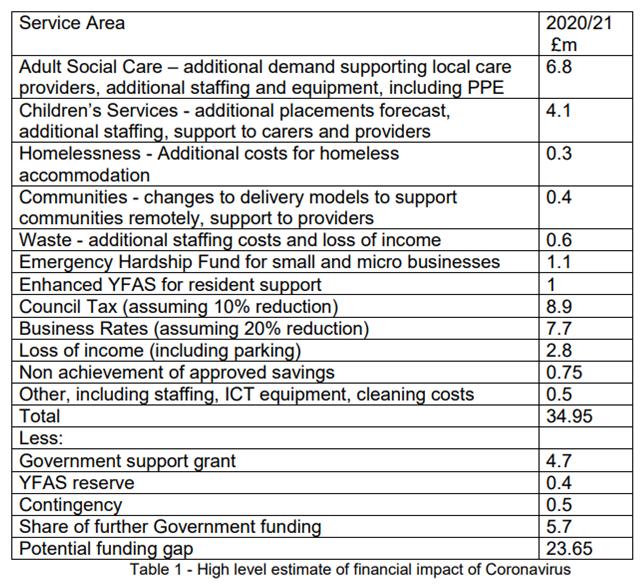
The Councils initial assessment of its financial position may produce accusations that it is very much a “worst case” scenario. The government has today confirmed that in total it will grant £10.5 million to help the Council offset its estimated £35 million exposure. Much of the defict assumes a high level of non payment of Council Tax and business rent.
There is a stark warning of cash flow problems later in the year “the Council would have to concentrate on providing statutory services only”. That would be bad news for services like leisure, with some facilities likely to close.
On its capital programme the Council promises a project by project review. “this will include considering the overall purpose of the scheme and whether they are still financially viable given the risk to the overall economy. This is particularly crucial for those schemes that assumed the generation of capital receipts to fund expenditure”.
The report is silent on the consequences of some schemes that area now past the point of no return.
Recent increases in the Council’s commercial portfolio are not analysed but there are fears of a forced “fire sale”.
Empty offices at the community stadium site (underwritten by the Council) could remain empty for years, while the pipeline sales of empty former social care buildings could also fall through. Options for cutting back on the £20 million Guildhall refurbishment project will need to be considered.
The Community Stadium itself, although outsourced, is dependent on other activities on the site to cover its running costs.
It seems certain that there will be delays on the York Central regeneration project while the £14 million new multi storey car park on St Georges Field will no doubt be shelved together with the rest of the Castle Gateway project.
Other cherished capital investment projects, which involved increased debt, and therefore increase the day to day running costs of the Council, will have to go “on hold”.
No new contracts should be let unless they direct address the adverse consequences of the health crisis.
Much more on this and the implications for other public services in the City will become apparent over the next few weeks.

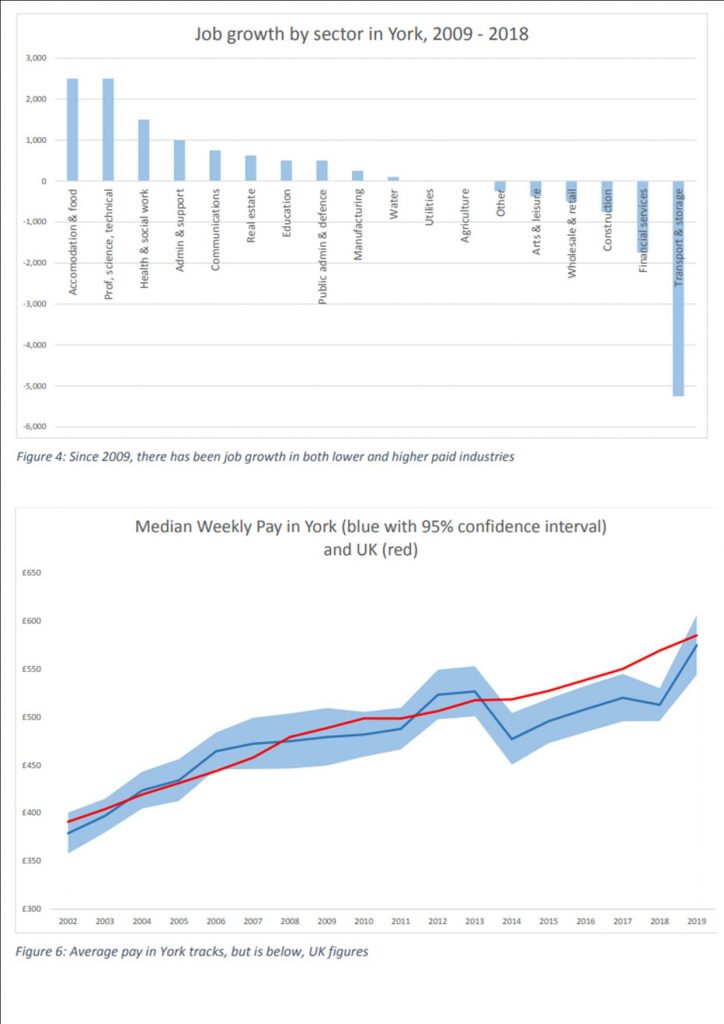
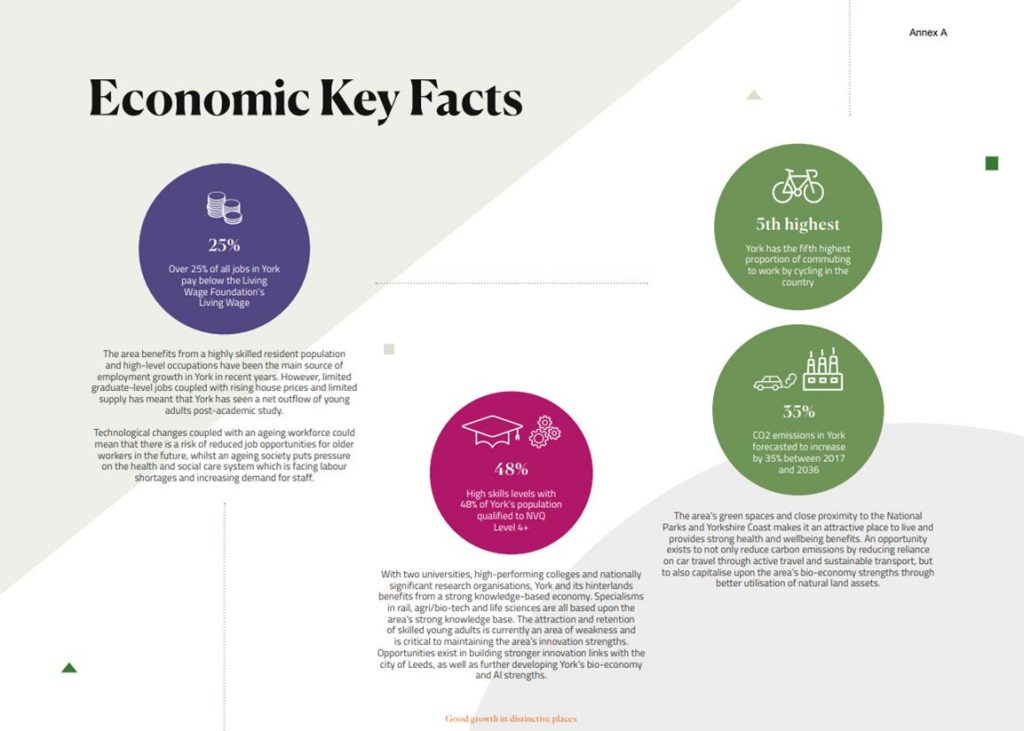
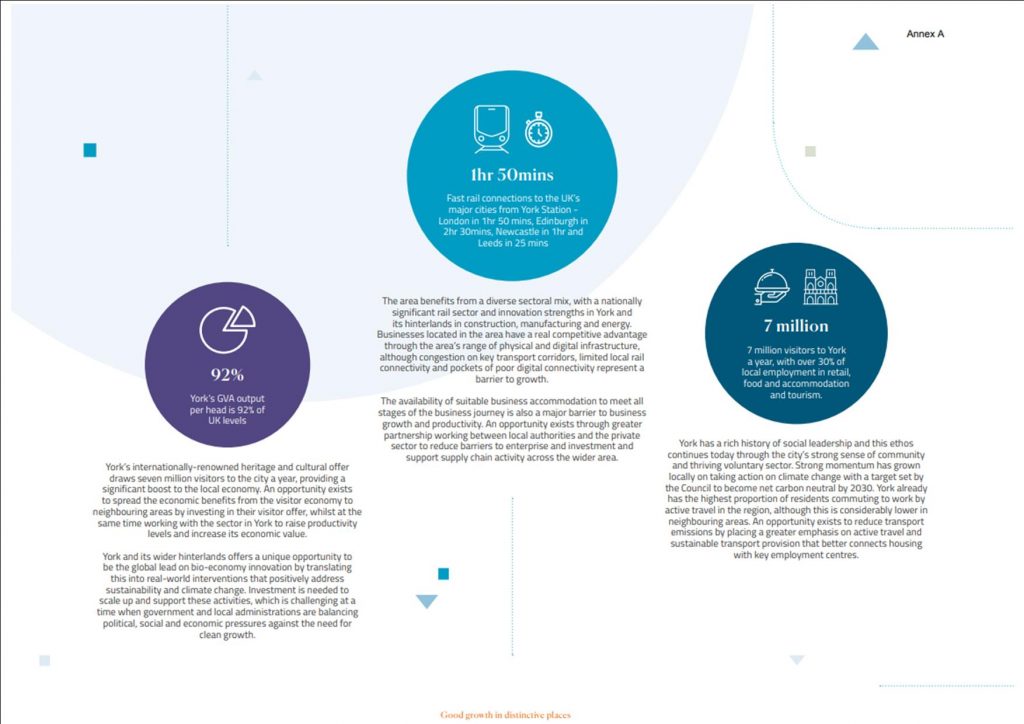
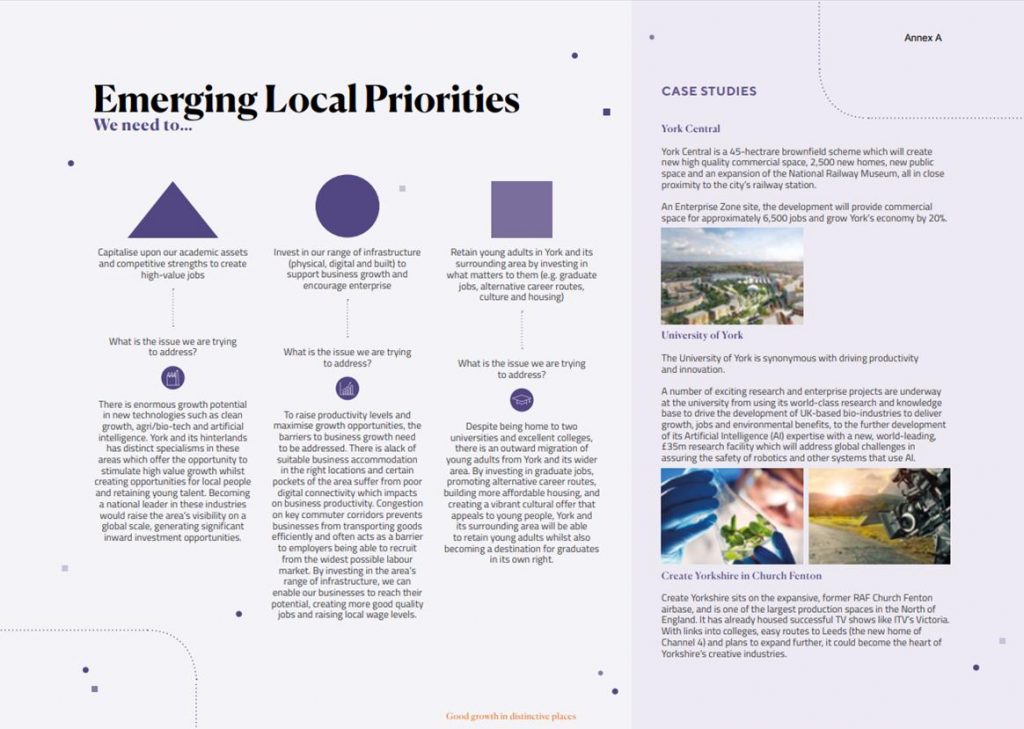
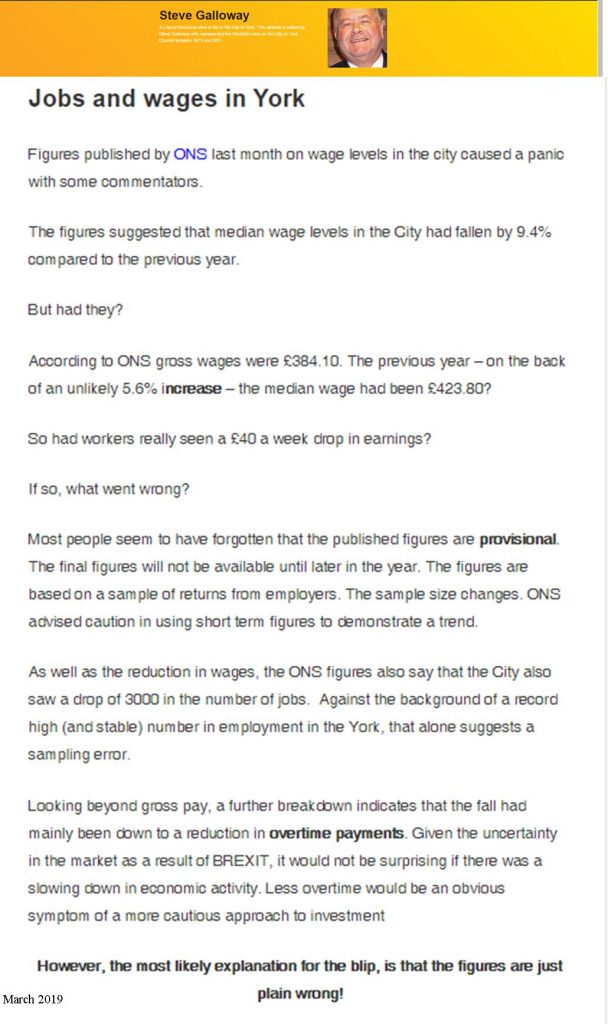
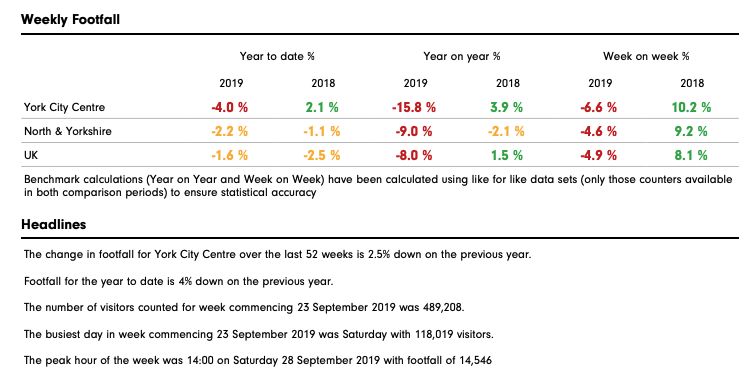
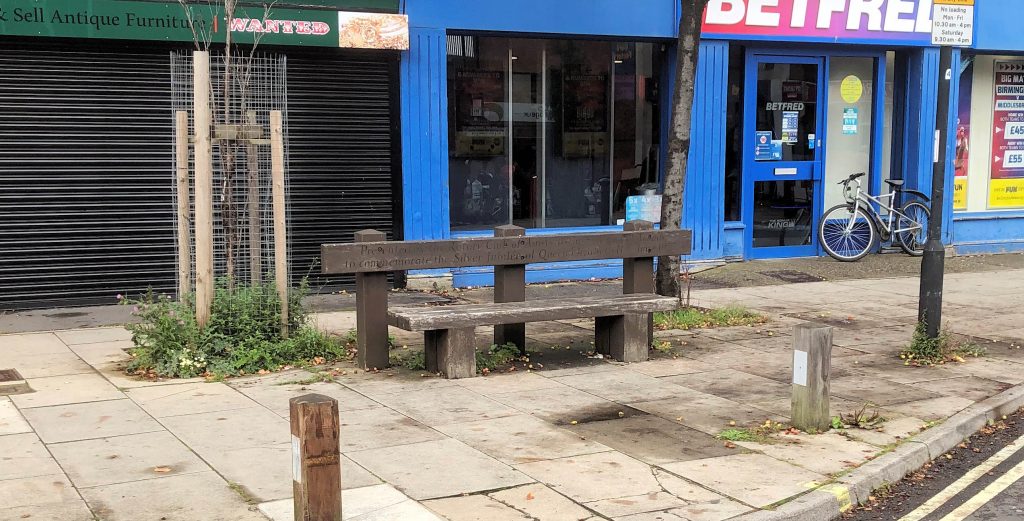
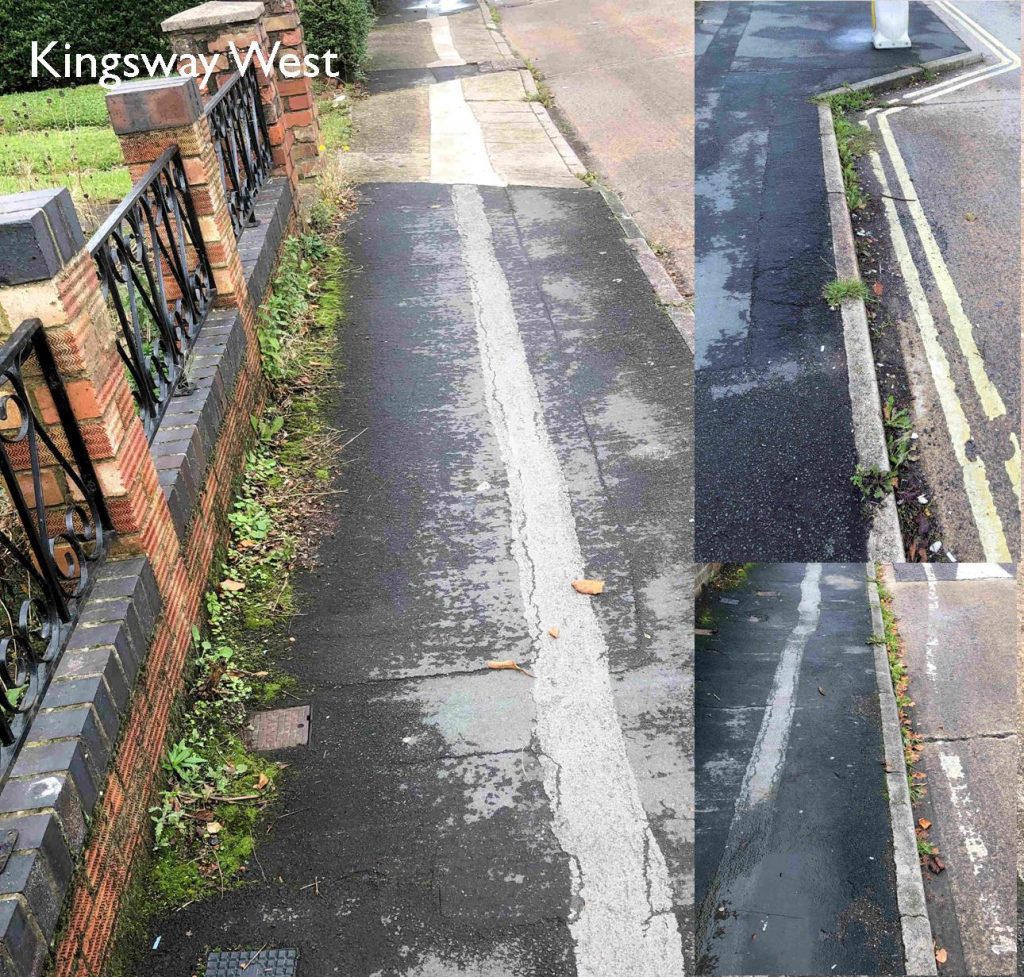
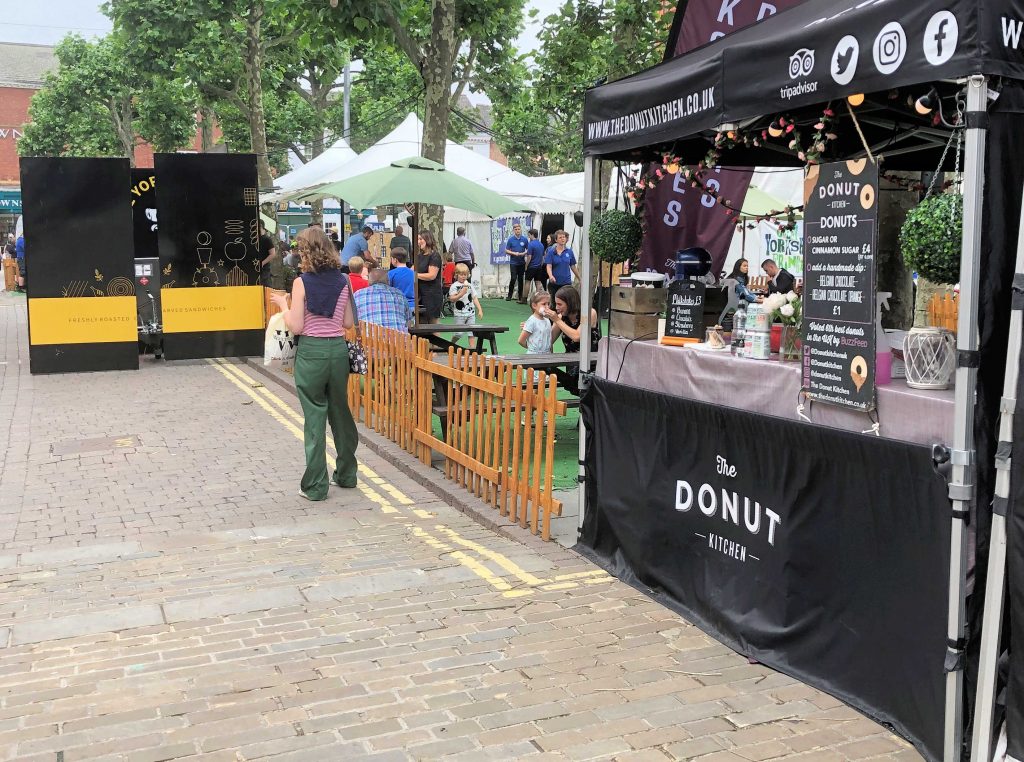
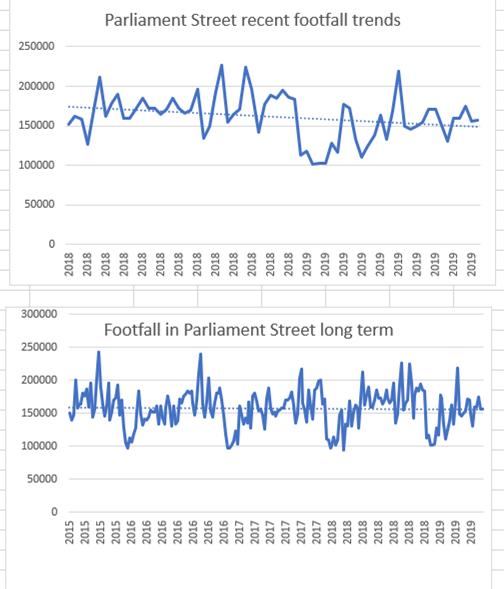
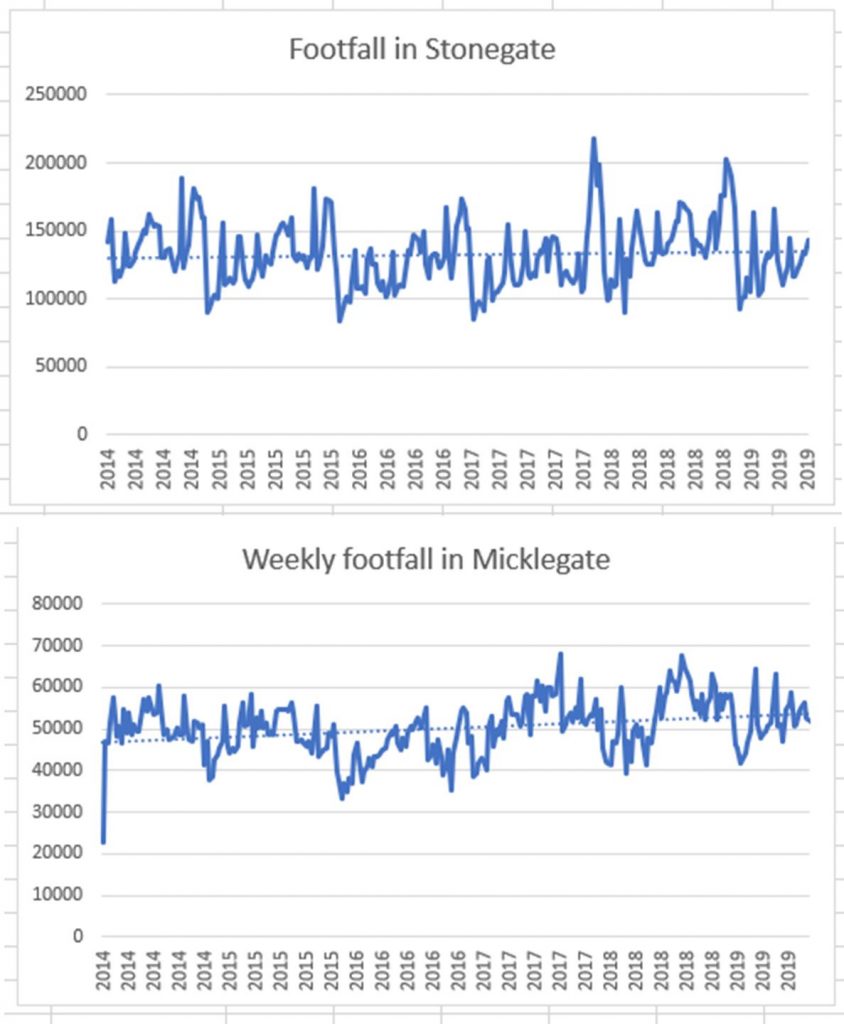

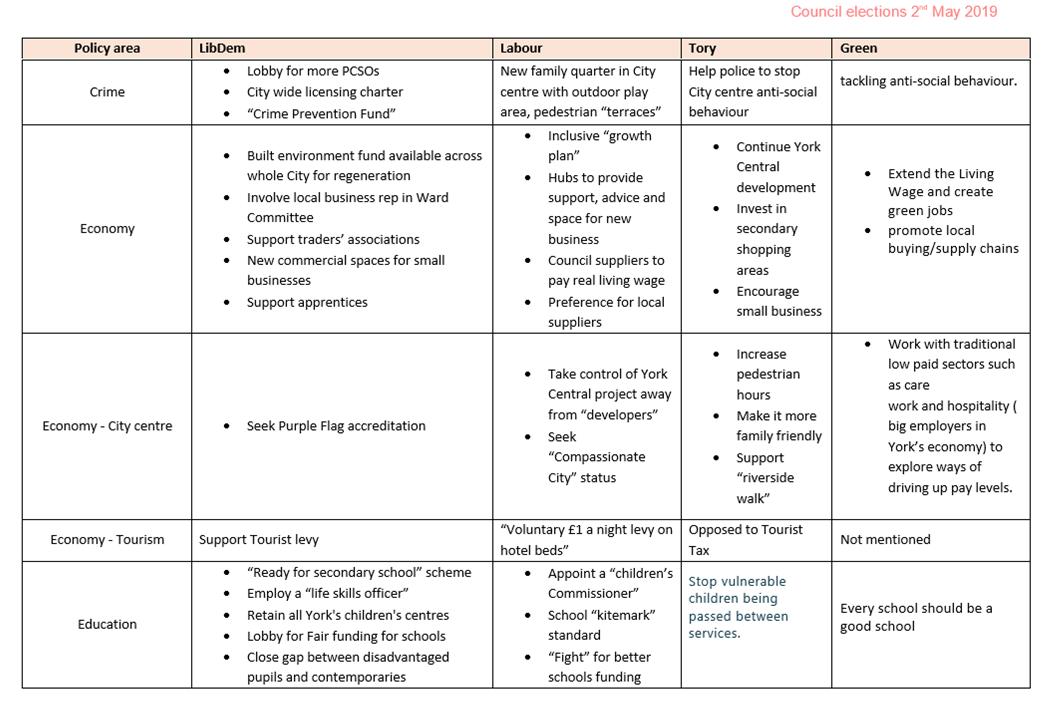
 The Council must decide whether to renew a three year contract with Make it York (MIY) at a meeting taking place later this week.
The Council must decide whether to renew a three year contract with Make it York (MIY) at a meeting taking place later this week.